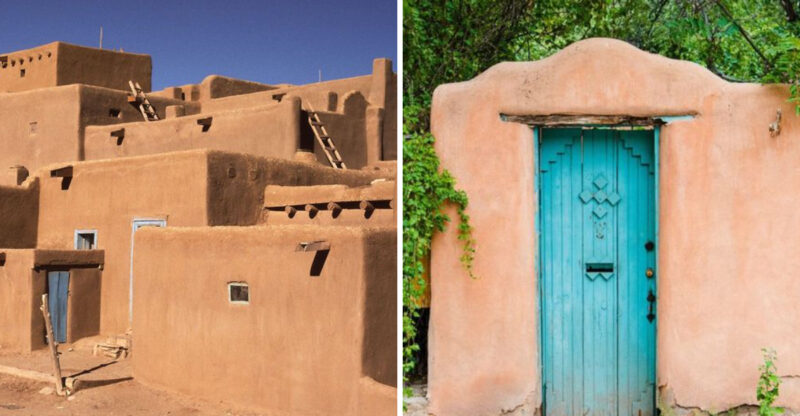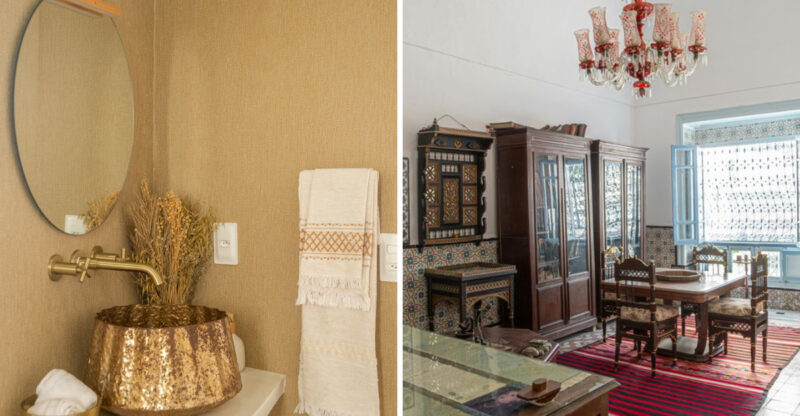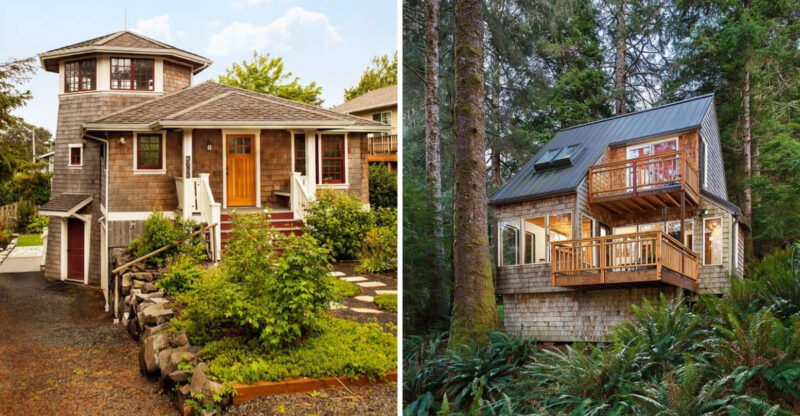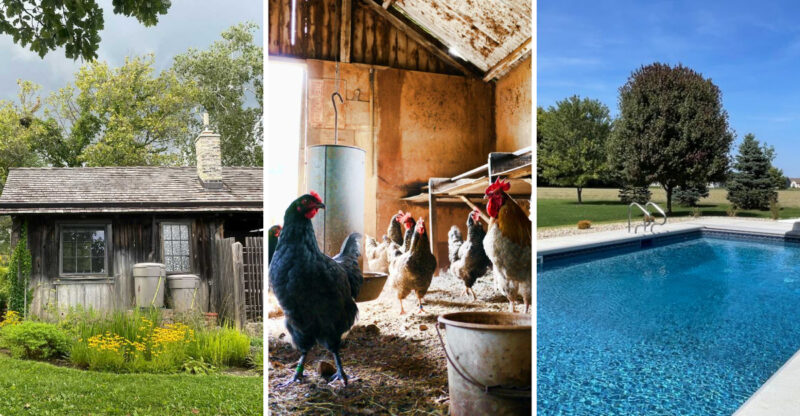11 California Home Styles Likely To See Price Drops By 2026
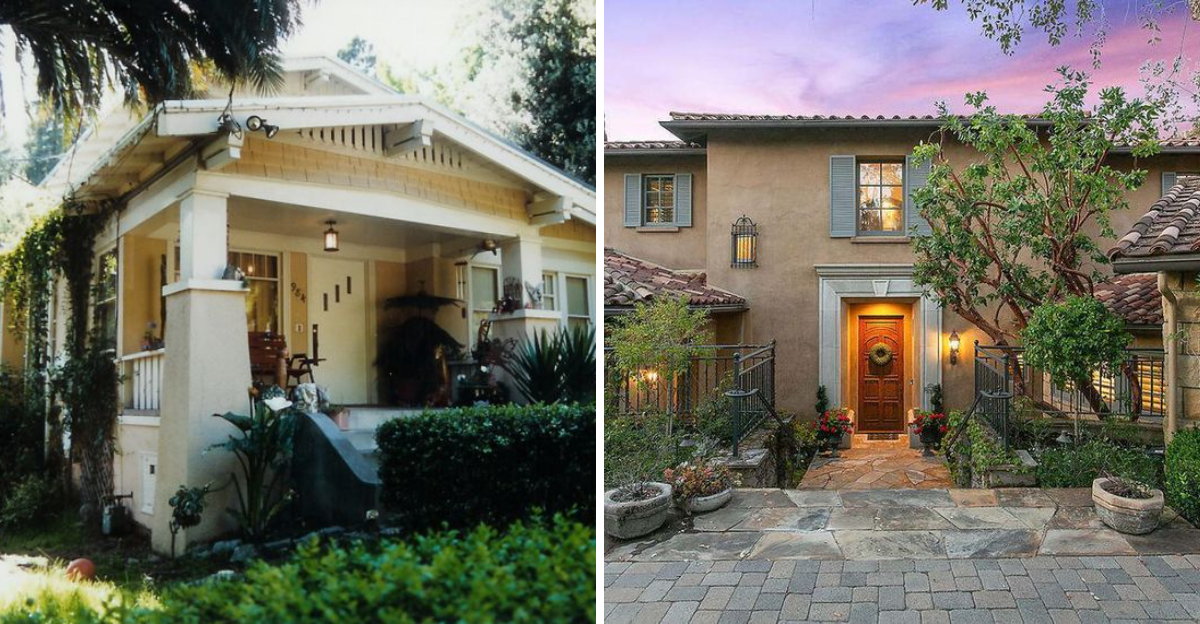
California’s housing market constantly shifts like coastal tides, with certain home styles facing potential value declines in coming years. Market experts predict significant price adjustments for specific architectural styles by 2026.
Whether you’re buying, selling, or just curious about real estate trends, knowing which home types might lose value helps you make smarter property decisions.
1. Mid-Century Modern Ranch Homes In Aging Suburbs
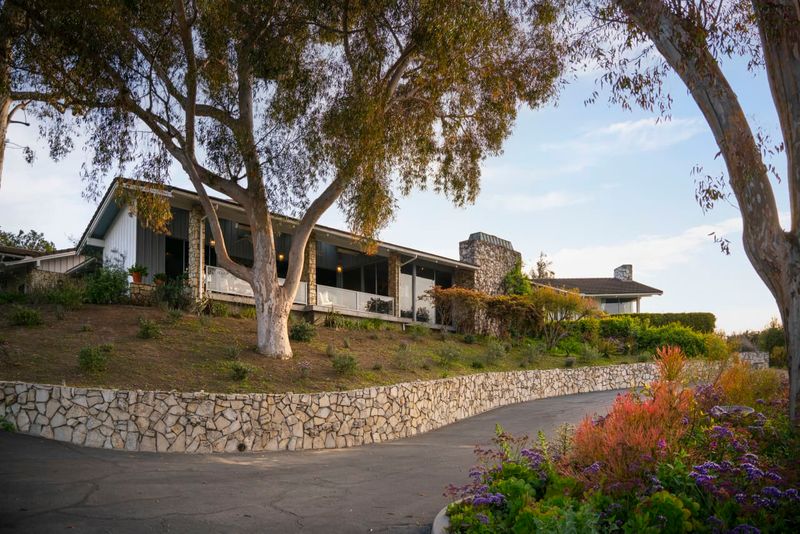
Once the darlings of suburban development, these horizontal beauties are losing their luster in older neighborhoods. The open floor plans and large windows remain attractive, but Mid-Century Modern ranches often need costly updates to meet modern energy standards.
Many sit in suburbs now considered unfashionable as younger buyers flock to urban centers or newer master-planned communities. Ranch homes typically lack the space efficiency newer families crave, with sprawling layouts that waste precious square footage.
2. Spanish Colonial Revival Homes With High Maintenance Needs
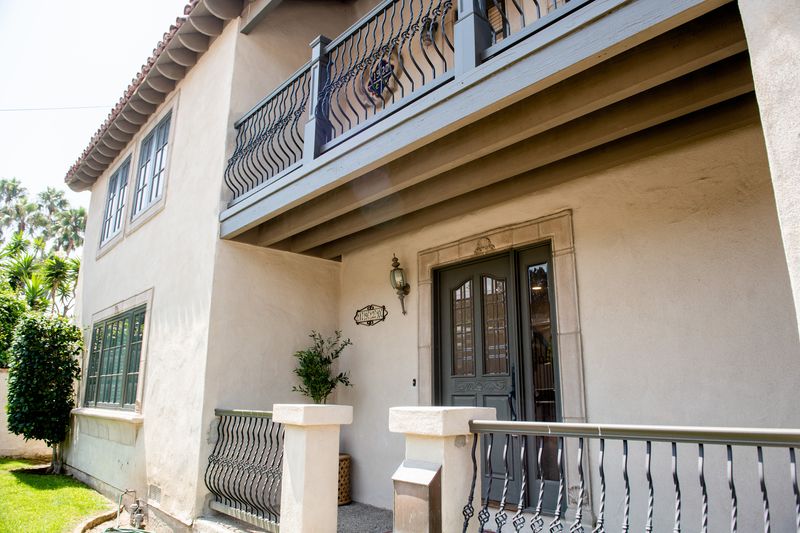
Those romantic red-tiled roofs and stucco exteriors hide expensive secrets that savvy buyers increasingly recognize. Spanish Colonial Revival homes require specialized maintenance that gets pricier every year as craftspeople skilled in these techniques become scarce.
Water damage lurks behind those charming thick walls when drainage systems fail. The authentic clay tiles that give these homes their distinctive character can crack or slip, creating repair nightmares that modern buyers often want to avoid altogether.
3. Large Mediterranean-Style Estates In Remote Areas
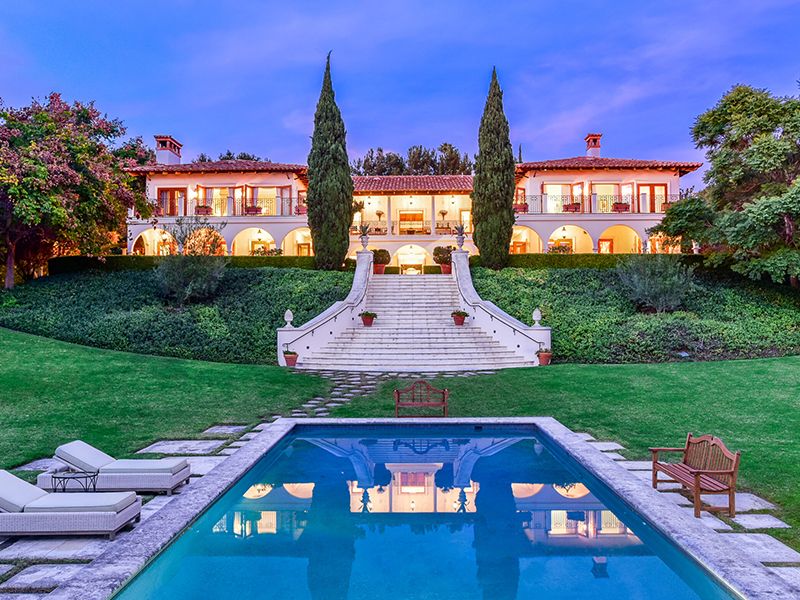
Where did all the buyers go? These massive properties sit longer on the market as commute-conscious Californians reject remote locations. Mediterranean mansions with their ornate details and expansive footprints represent a lifestyle that’s increasingly out of step with environmental concerns.
Heating and cooling these behemoths costs a fortune. The formal rooms and separate living spaces contradict today’s preference for casual, connected living.
Remote estates also face higher insurance premiums due to limited emergency services access.
4. Split-Level Suburban Homes From The 1970s
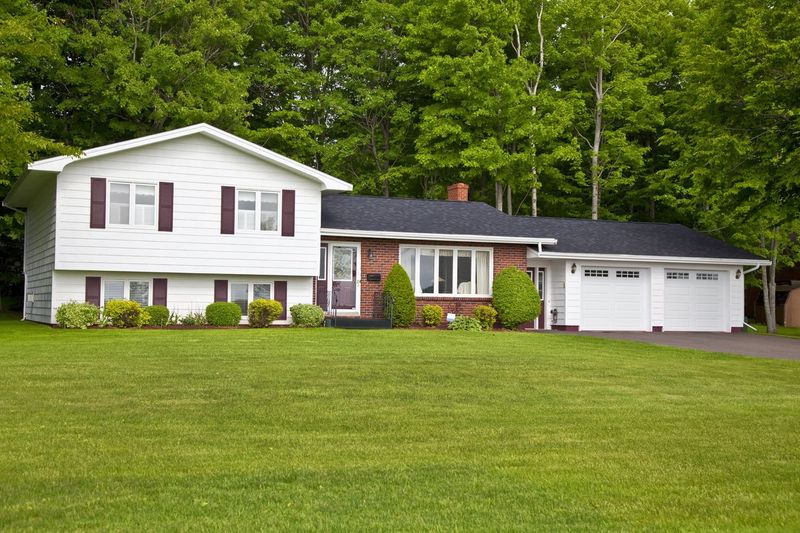
How quickly architectural fashions fade! These stepped-floor wonders once represented innovative space planning but now feel choppy and disconnected. Split-levels typically suffer from low ceilings and small windows that create dark interiors.
The half-flights of stairs throughout make these homes particularly challenging for aging populations and families with young children. Energy inefficiency plagues these structures, with poor insulation and outdated HVAC systems. Their distinctive layout makes renovations especially complex and costly.
5. Oversized Custom Homes In Fire-Prone Zones
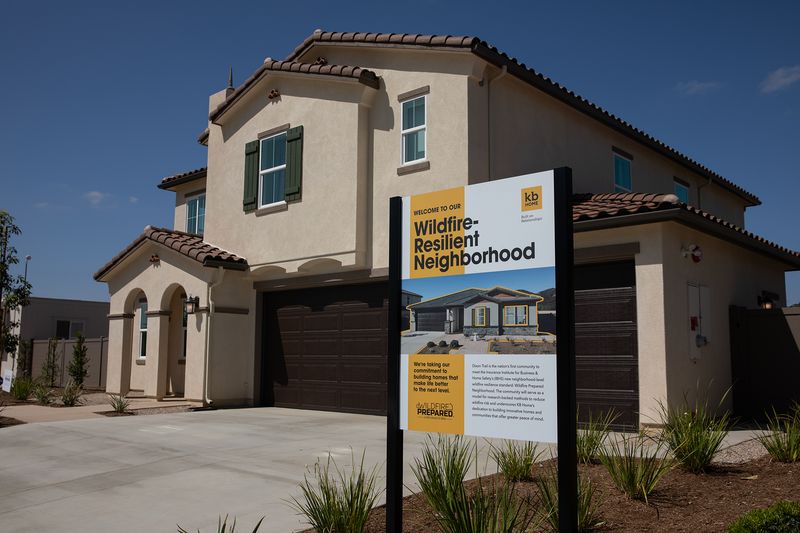
This real estate gamble grows riskier each fire season. Insurance companies have dramatically increased premiums or simply stopped covering homes in California’s wildfire-vulnerable regions, making these properties financial liabilities.
Though architecturally impressive, these custom mansions face declining buyer pools as climate concerns escalate. Their remote locations often come with water supply challenges during drought conditions.
The combination of high maintenance costs and environmental risks makes these once-prestigious properties increasingly difficult to sell.
6. Contemporary Glass-Walled Homes With High Cooling Costs
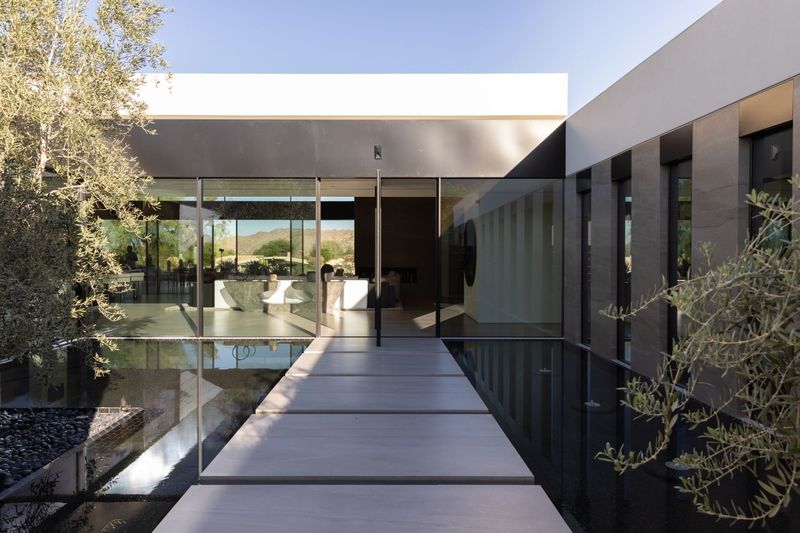
Those stunning walls of glass creating Instagram-worthy views come with a hidden price tag, astronomical energy bills. Modern glass boxes struggle to maintain comfortable temperatures during California’s increasingly extreme heat waves without constant air conditioning.
The minimalist aesthetic often lacks practical storage solutions that families need. Privacy concerns also plague these fishbowl-like structures, requiring expensive window treatments that contradict their architectural intent.
As energy costs continue rising, these transparent treasures lose their appeal to budget-conscious buyers.
7. Large Victorian Homes With Costly Upkeep
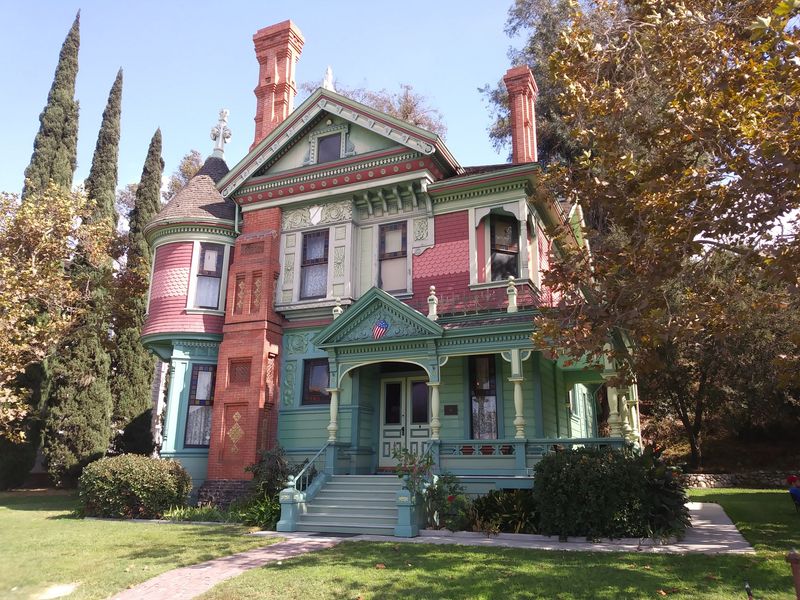
Are those gingerbread details worth the gingerbread budget? Victorian beauties demand constant maintenance that fewer buyers want to shoulder. Their intricate woodwork requires specialized skills to repair and preserve, with costs that continue to climb as these crafts become rarer.
The maze-like floor plans conflict with contemporary preferences for open spaces. Energy inefficiency plagues these historic structures, with drafty windows and minimal insulation.
Though architecturally significant, the combination of high utility bills and maintenance headaches makes these grand dames increasingly difficult to sell at premium prices.
8. Craftsman Bungalows In Flood-Prone Coastal Towns
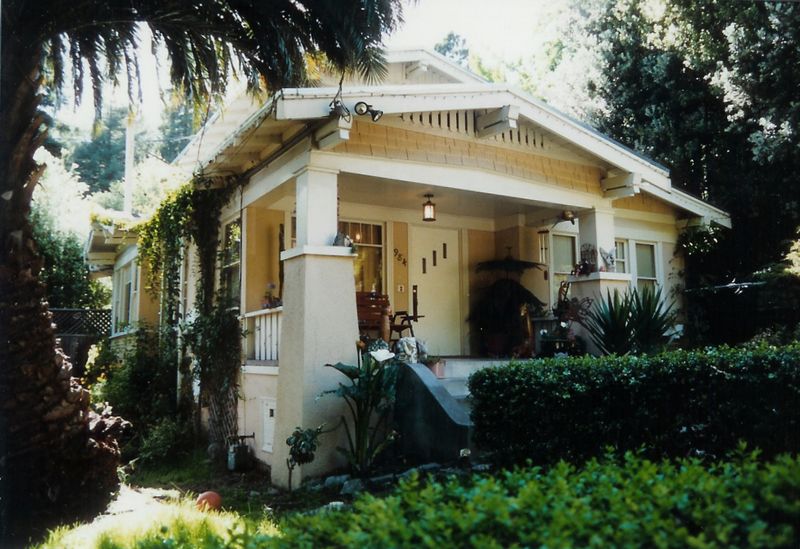
Though charmingly historic, these beloved bungalows face a watery future that’s dampening their market value. Rising sea levels and increasingly severe storm patterns put these low-lying homes at growing risk of flooding and water damage.
Insurance costs have skyrocketed for properties in vulnerable coastal zones. The authentic wood details and original windows that give Craftsman homes their character also make them particularly susceptible to moisture damage.
Despite their architectural significance, these homes’ locations may ultimately determine their financial fate.
9. Industrial Loft Conversions In Slowing Downtown Markets
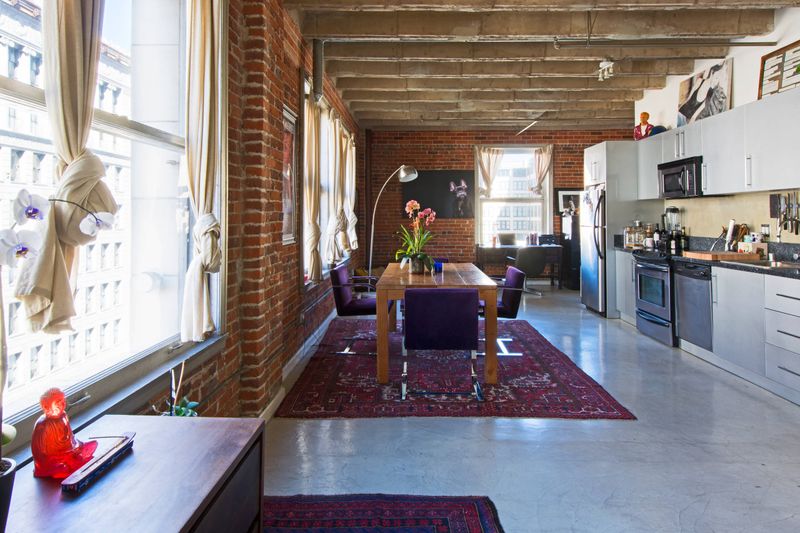
The urban renaissance that made these spaces hot properties is cooling as remote work reshapes living preferences. Industrial lofts in downtown areas face declining demand as buyers prioritize outdoor space and extra rooms for home offices over city convenience.
Many loft conversions suffer from poor sound insulation and challenging temperature control due to their original industrial design. The open concept that once seemed so modern now presents privacy challenges for families.
High HOA fees for these buildings further complicate their value proposition in a shifting market.
10. Golf Course Community Homes In Drought-Affected Regions

Those lush green fairways might turn brown as California’s water restrictions tighten. Homes built around golf courses face a particular challenge as climate change forces communities to reconsider water-intensive amenities like manicured courses.
The premium once commanded by golf course views diminishes as courses struggle to maintain their appeal. Many younger buyers show less interest in golf-centered communities, preferring more diverse recreational options.
These developments often feature similar home styles that age simultaneously, creating neighborhood-wide value fluctuations when renovations become necessary.
11. Tuscan-Inspired Tract Homes From The Early 2000s
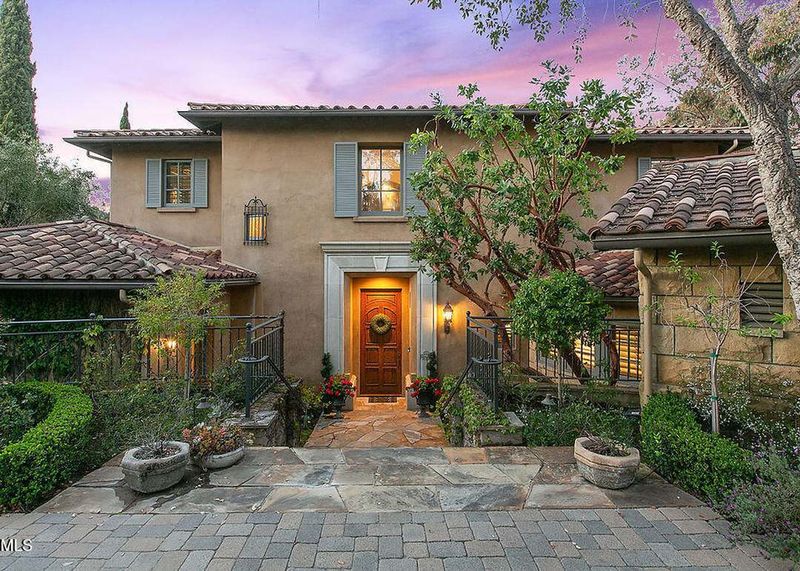
Remember when everyone wanted to live like they were in the Italian countryside? These mass-produced interpretations of Tuscan villas have aged poorly. Dark interiors with heavy materials feel dated compared to today’s bright, airy aesthetic preferences.
The faux-distressed finishes and ornamental ironwork that once seemed luxurious now read as tacky. Builders cut corners on these homes during the pre-recession building boom. Their cookie-cutter nature in overcrowded developments makes them particularly vulnerable to market downturns.

